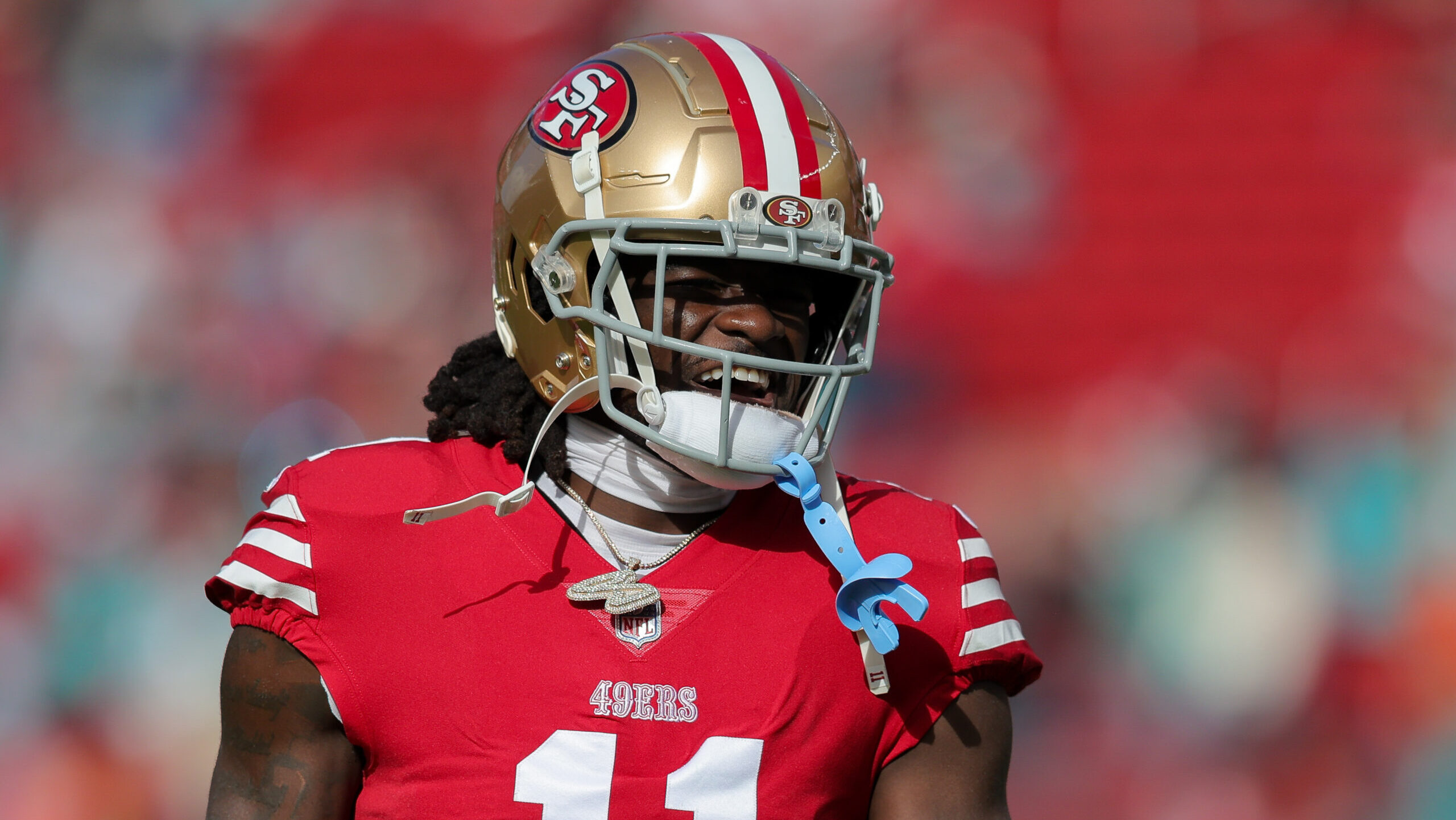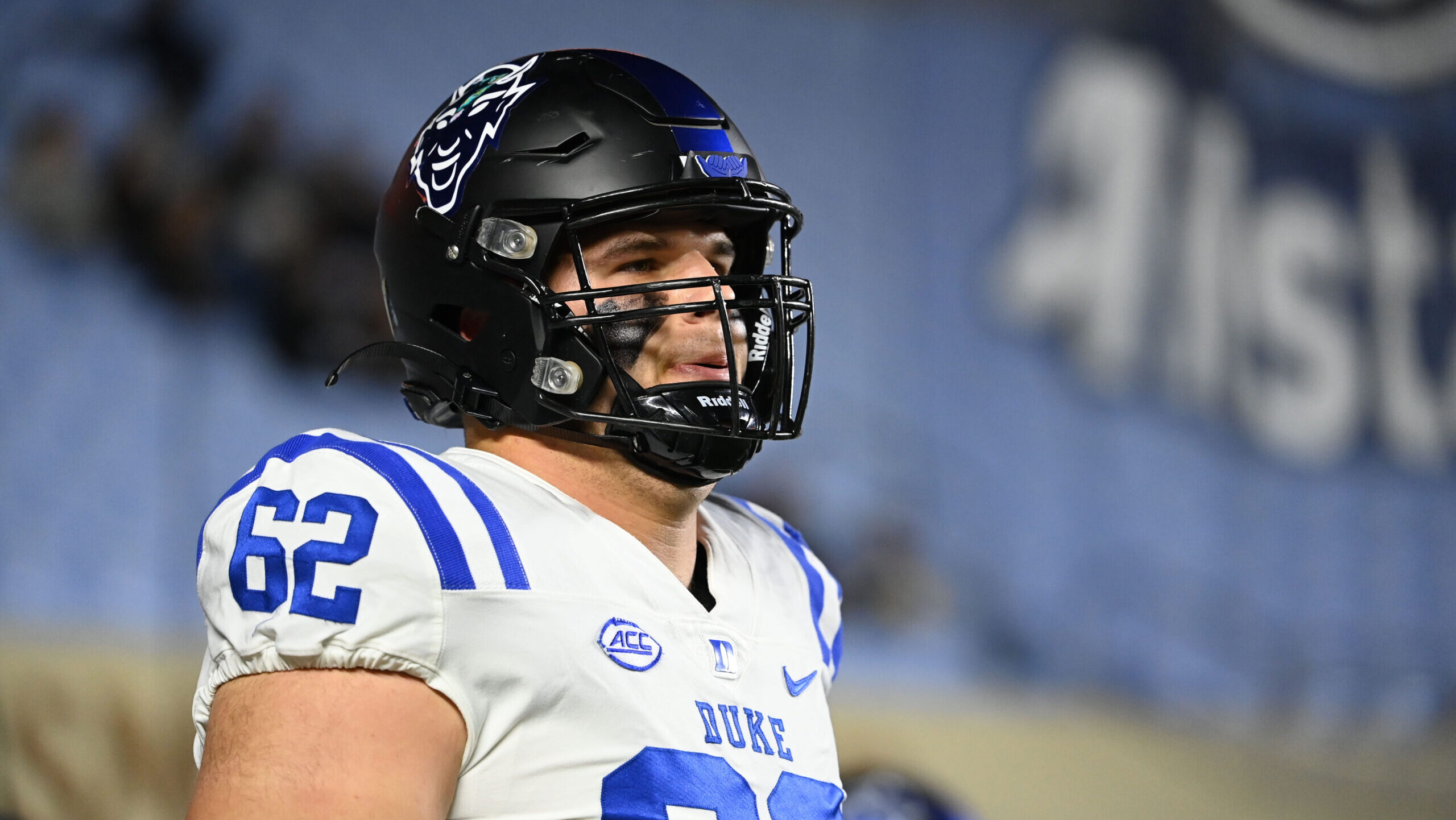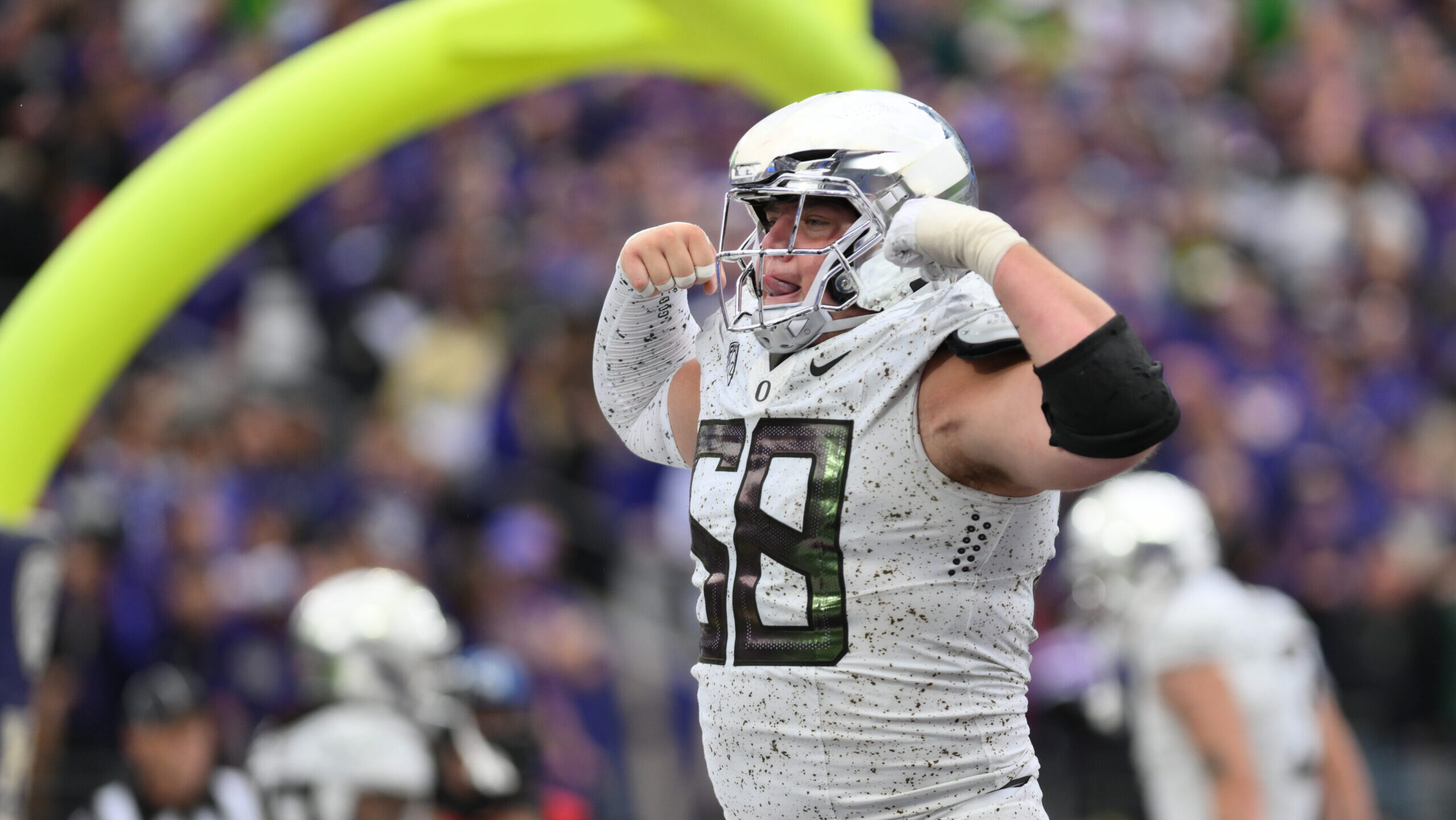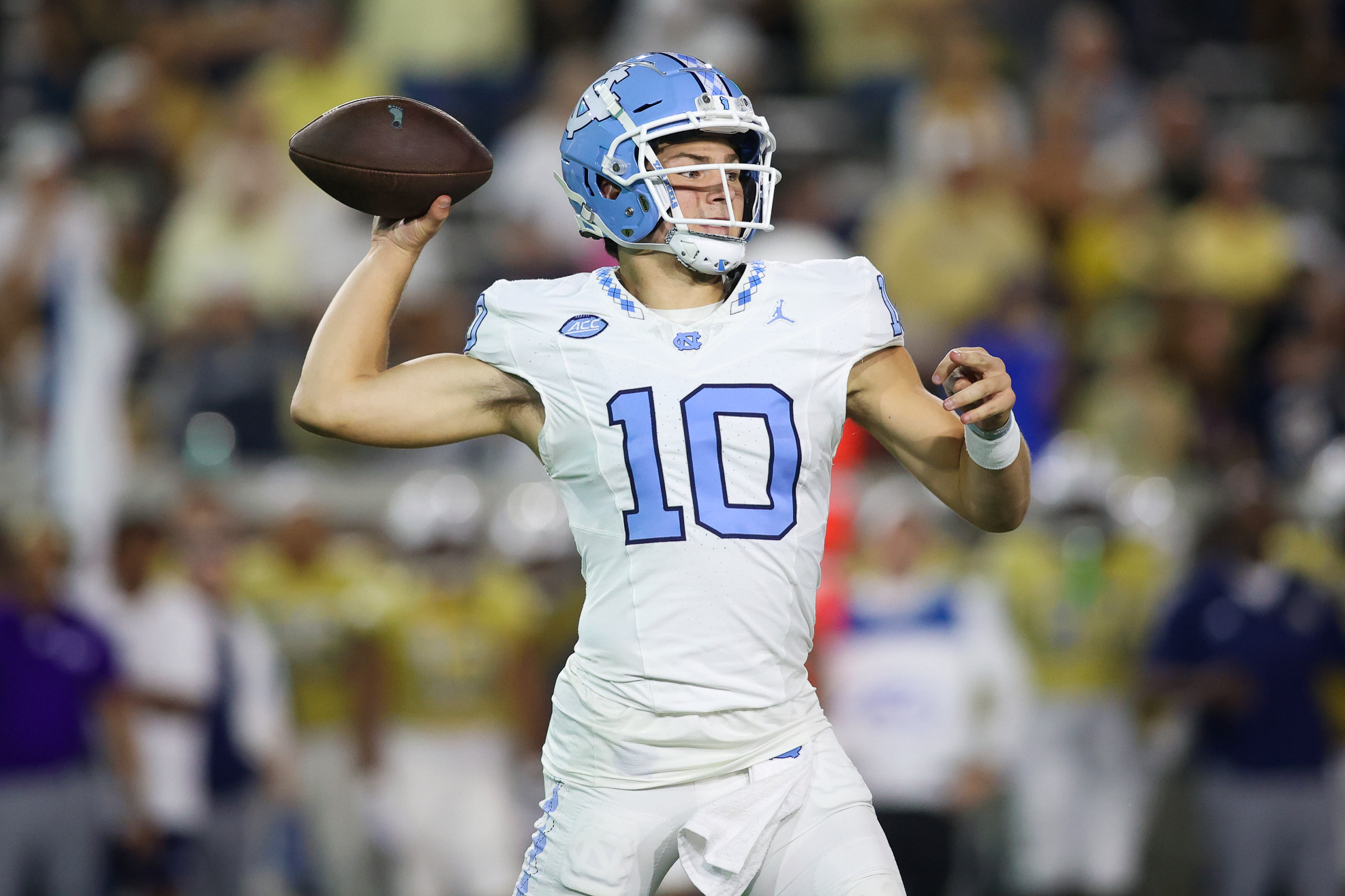Analysis
9/28/22
5 min read
The ‘Economic Imbalance’ Between Receivers and Defenders
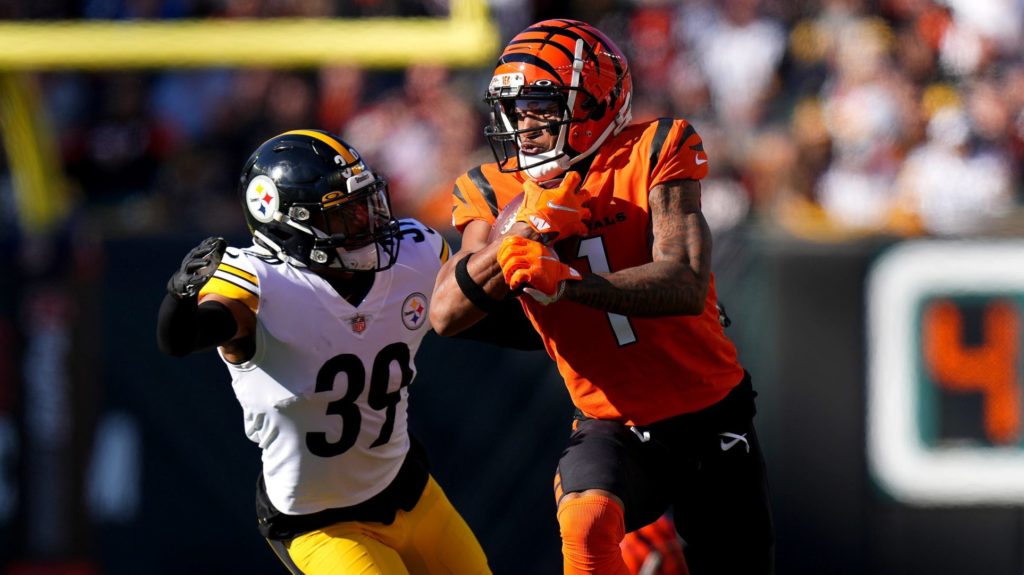
Through the years, a trend has developed in the NFL I like to call the “economic imbalance” of the passing game.
I’m talking about the surplus of receivers and the deficit of cornerbacks and defensive pressure players that have to contend with them.
As the game has evolved, with more prolific passing offenses and so many quarterbacks being developed in passing camps at a younger age, the number of receivers being developed in Pee Wee football leagues and the grassroots of the game has also increased.
As a result, high schools and colleges are producing receivers at a far greater rate than the players that have to defend them.
Why? It’s about the ball. Most young people want to be involved with the ball because that’s the fun part of the game when you first start playing. So how do you get involved with the ball? You throw it and you catch it. They don’t think about, “Well, I’m going to intercept it,” because that’s such a rare occurrence, generally speaking.
Young people see the prime players who get the most publicity. Quarterbacks are still at the top of that list and always will be, but receivers have taken over for running back as the second marquee position.
Twenty or 25 years ago, Walter Payton, Barry Sanders, Eric Dickerson, Earl Campbell and Tony Dorsett were prominent players in the league. Now, you don’t even know who the running backs are for some of these teams.
But, most teams do have at least one quality receiver, and some have two or three because they find them throughout the draft. The big, fast receivers like Ja’Marr Chase and DK Metcalf are always going to get drafted high because it’s a big man’s game.
When teams find big guys that can run fast and catch, they’re going to view them as major offensive weapons, and they’re going to draft them high.
But, that group also includes Davante Adams, who was a second-round pick, and Cooper Kupp, who was a third-round pick. Stefon Diggs was almost a late-round pick. Tyreek Hill was a late-round pick. And one of the most remarkable stories is Adam Thielen, who basically had to walk into the Minnesota Vikings’ office and ask for a tryout.
Because of the abundance of receivers in Division I and even on the Division IAA and Division II levels, teams know if they do their homework they can acquire this prime position pretty much all throughout the draft.
With rare exceptions, the big players, like linemen, are at Division I schools. But everybody’s throwing and catching at all levels now, so somewhere there’s some little receiver with really good skills playing at a lower level of football, and that winds up being a draftable player.
The problem teams have is finding players capable of defending these receivers. Teams with multiple quality receivers have a major advantage because that requires more quality defenders to stop them.
As a result, some players that affect the game defensively are getting overdrafted. Those are prime positions now, and teams will pay a premium for them. A top corner is going very, very early in the draft on most people’s scale, but even those who don’t fall into that category will be scooped up quickly.
This leads me to an axiom I used to live by: I don’t like short corners.
Now, short corners with exceptional skills, such as Darrell Green and Aaron Glenn, can play. Short corners with average skills are targets. With teams trying so hard to find ways to deal with all of the receiving talent coming into the league, some are going to use a high draft pick on a shorter cornerback.
Therefore, mismatches are now created by these big, fast receivers and in some cases the tight ends that are gifted pass-catchers, like Kyle Pitts, Mark Andrews and Travis Kelce.
Another thing about the ability to get a good receiver in the second, third, fourth or even fifth round is you’ll have that player for three years before you even have to think about paying him top dollars.
If you don’t want to pay him, you know there are more quality receivers coming out in the next draft. Now, I’m sure there’s a corner or two somewhere that’s playing pretty well that didn’t get drafted too highly. But, on the grade scale, there are so many more receivers than there are corners, and they come in all shapes and sizes and from different places.
Players that can rush the quarterback are getting over-drafted too because they’re a rare commodity. You’ve got to search long and hard to find players like Myles Garrett, Micah Parsons and Aaron Donald. Just as you’ve got to search long and hard to find a top-quality corner where you can say, “Okay, I’m gonna put him on Justin Jefferson ... I’m gonna put him on, Davante Adams."
It's all part of the “economic imbalance” of the passing game that I don’t see changing anytime soon.
As told to Vic Carucci


